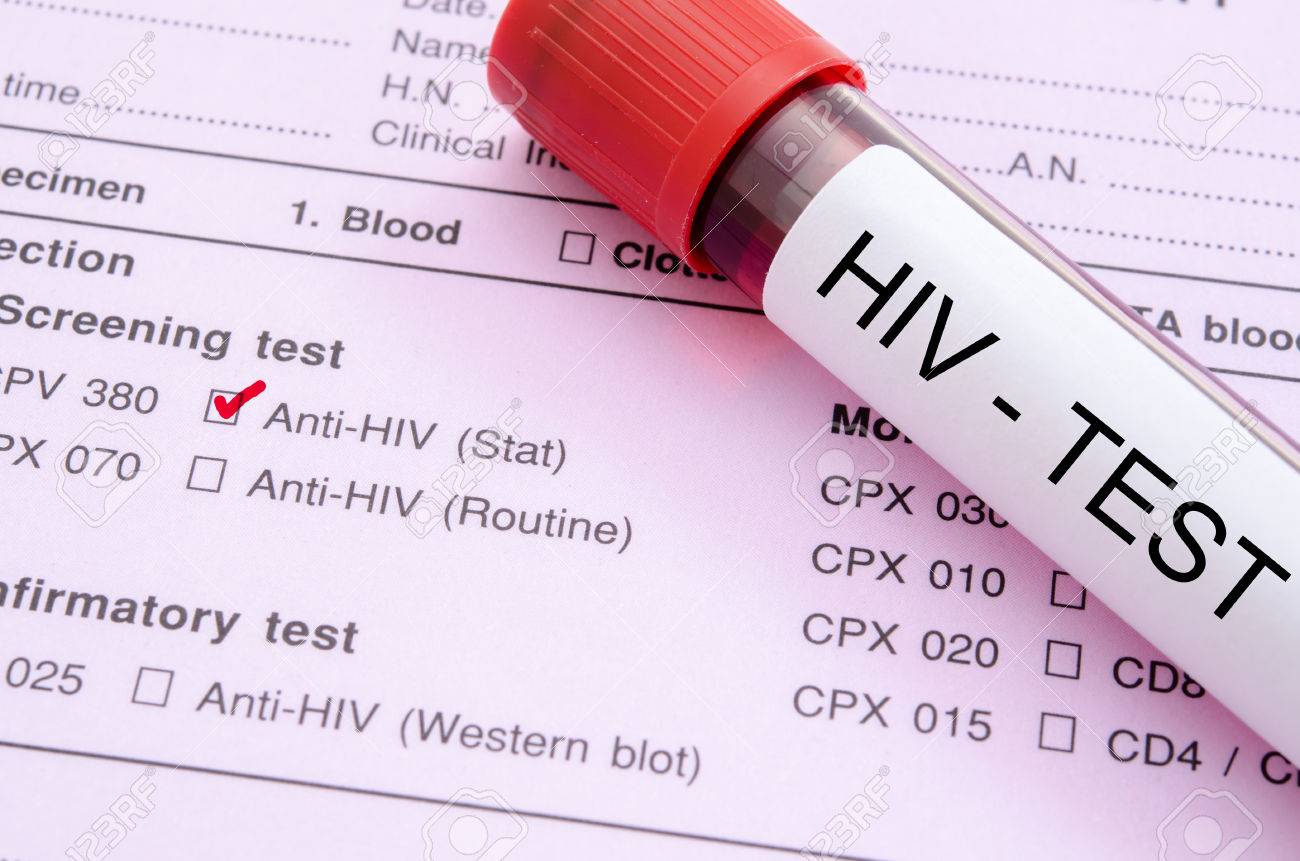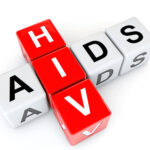Civil society groups have underscored a need for Nigeria’s HIV response to “go granular” and focus on key populations and geography with unmet needs for HIV prevention and treatment.
The Network for People living With HIV/AIDS says it will require eliminate societal and structural barriers that drive the HIV epidemic.
A more recent survey has put the country’s HIV prevalence at 1.3%, and up to a million people are on treatment.
The network says AIDS-related deaths have reduced by more than half since 2004 when it was at its peak.
“We have still not gotten to the bottom of this public health challenge in Nigeria, because Nigeria has not achieved the 2020 target goals of UNAIDS,” national coordinator of the network Abdulkadir Ibrahim said in Abuja.
He was speaking at a press briefing to mark World AIDS Day.
The aim of the 90-90-90 goal is to diagnose 90% of all HIV-positive people, place 90% of those diagnosed on treatment and ensure viral load in 90% of those on patient is suppressed by 2020.
Between 2010 and 2019, only a 10% reduction in new HIV infections was recorded – with 293 adults getting infected a day.
The network is calling for targeted HIV testing, awareness creation and mobilisation in efforts to take responsibility to “achieve epidemic control by 2030,” according to Ibrahim.
Despite missing the 2020 target, the National Agency for Control of AIDS says the Nigeria’s prospects for control going forward are “very bright”
“We only know where we were few years back. before we didn’t know what impact or difference our intervention made in terms of bringing down the numbers, controlling the epidemic and bringing us closer to control the epidemic,” NACA director-general Gambo Aliyu told Daily Trust in an interview to mark World AIDS Day.
It took the 2018 Nigeria HIV/AIDS Indicator and Impact Survey to make clear the true prevalence of HIV, the impact of interventions and how far the country was from the 90-90-90 goal.
“From then till now we have made tremendous progress in pushing for the last mile, identifying more people than we hitherto do and bringing them to treatment and keeping them on treatment to contain this virus,” said Aliyu.

 Join Daily Trust WhatsApp Community For Quick Access To News and Happenings Around You.
Join Daily Trust WhatsApp Community For Quick Access To News and Happenings Around You.


